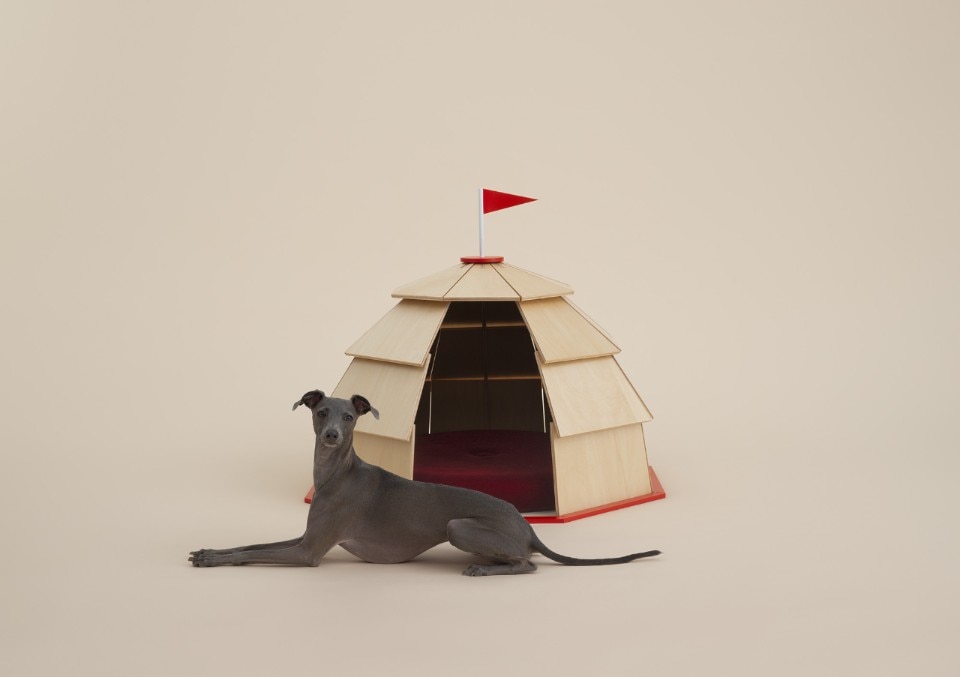If a prerequisite for the success of a project is that the architects or designers transcends their ego boundaries to put themselves in the shoes of those who will concretely be using their work, in the same way there is no reason why this empathic outburst should not go beyond the anthropocentric horizon and involve other species: Come to think of it, this is a valid assumption for all architecture.
It is also the starting point for ‘Architecture for Dogs’, the exhibition at the ADI Design Museum in Milan from 3 December 2024 to 16 February 2025.

Muji's artistic director, Kenya Hara, a Japanese designer of international renown, is also the curator here: and for the first Italian edition of the exhibition, he wanted to integrate it with new contributions from the previous London edition in 2020.
Through the exhibition of unusual dog kennels signed by the most prestigious contemporary design and architecture firms (such as Asif Khan, Atelier Bow-Wow, FGMF, Hiroshi Naito, Kenya Hara, Kazuyo Sejima, Kengo Kuma, Konstantin Grcic, Ma Yansong, MVRDV, Reiser + Umemoto, Shigeru Ban, Sou Fujimoto, Torafu Architects, Toyo Ito), the exhibition explores how design and architecture can trigger fulfilling and not strictly functionalist connections between the environment and living beings in the broadest sense, so that they can become mindful protagonists of the space they live in and which is shaped by their material, psychological and emotional needs.
“These projects go beyond the simple kennel or functional space for the dog, investigating new modes of interaction, exploring how architecture and design can represent a language shared by all living species”, the curator emphasises.
The installation, curated by Hara himself, envisages a fluid system of display islands, each telling the interactive relationship between the built environment and the canine user in a different way: from the seat designed to provide refreshment for the breeds most affected by the heat (Hiroshi Naito), to the dog pushchair equipped with cushions sheltered from the sun for the elderly (Toyo Ito); from the kennel incorporated in the furniture (FGMF), to the “rocking” kennel (MVRDV), to the vertical kennel (Bow-Wow) that allows the dog to look into the owner’s eyes while doing mobility exercises, and perhaps reawakening cognitive skills that have been drowsy due to prolonged frequentation of the sofa.
Amidst efforts to analyse animal psychology and interpretations that are, at times, perhaps excessively oriented to humans rather than to canine needs, the exhibition offers instead a reflection on the inclusive and universal value of design, returning in a playful way the profound affection for Man's best friend. It is no coincidence that the exhibition takes place in the ADI Design Museum's spaces: “one of the few museums in Milan and throughout Italy to allow dogs into the exhibition spaces, thus making possible a shared enjoyment between people and animals in an open and welcoming cultural environment”, as the museum's president, Luciano Galimberti, explains. The inclusive nature of the project can also be seen in the direct participation of the public, who can download free drawings and assembly instructions for the kennels from the official website to adapt them to the specific needs of their pets.








